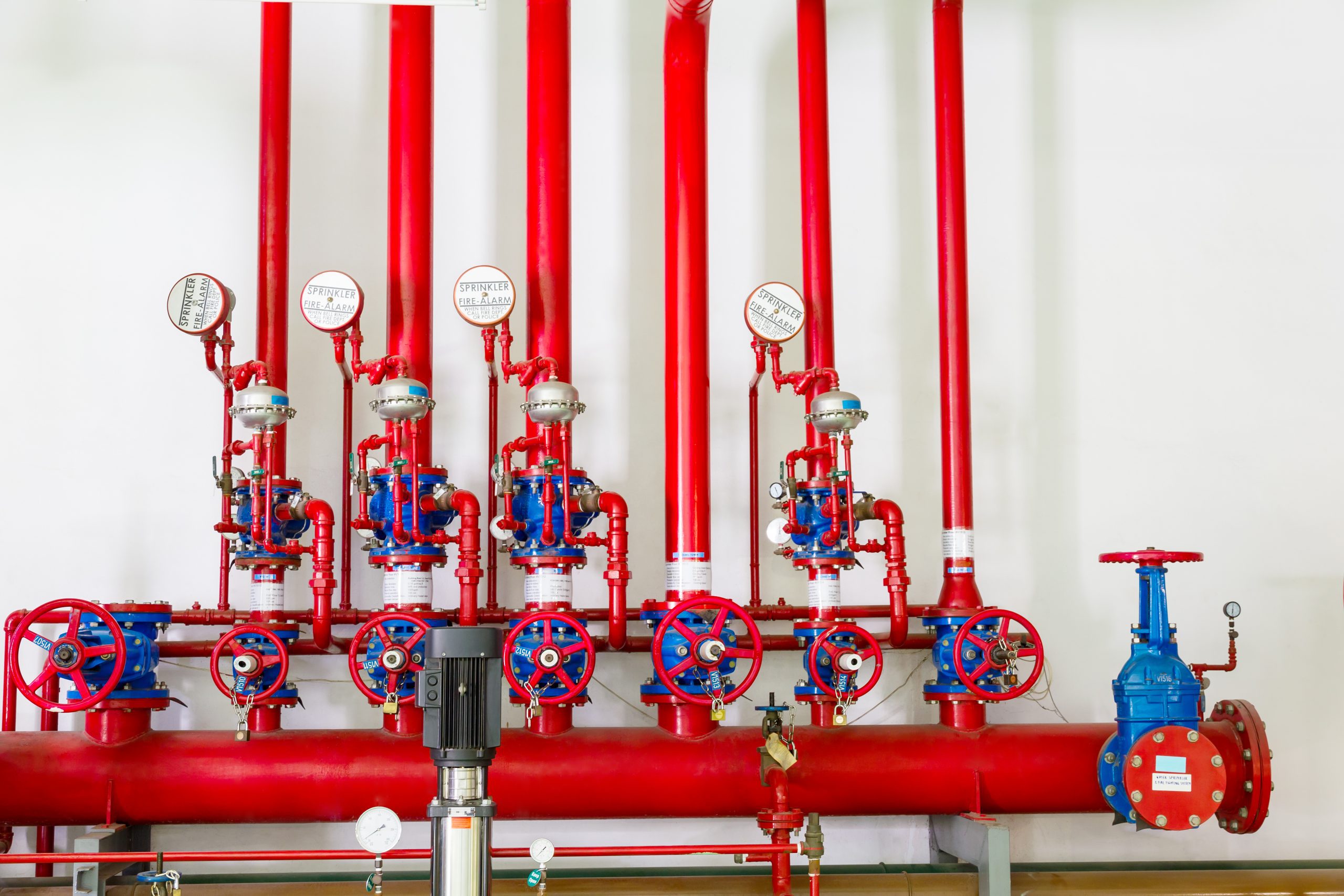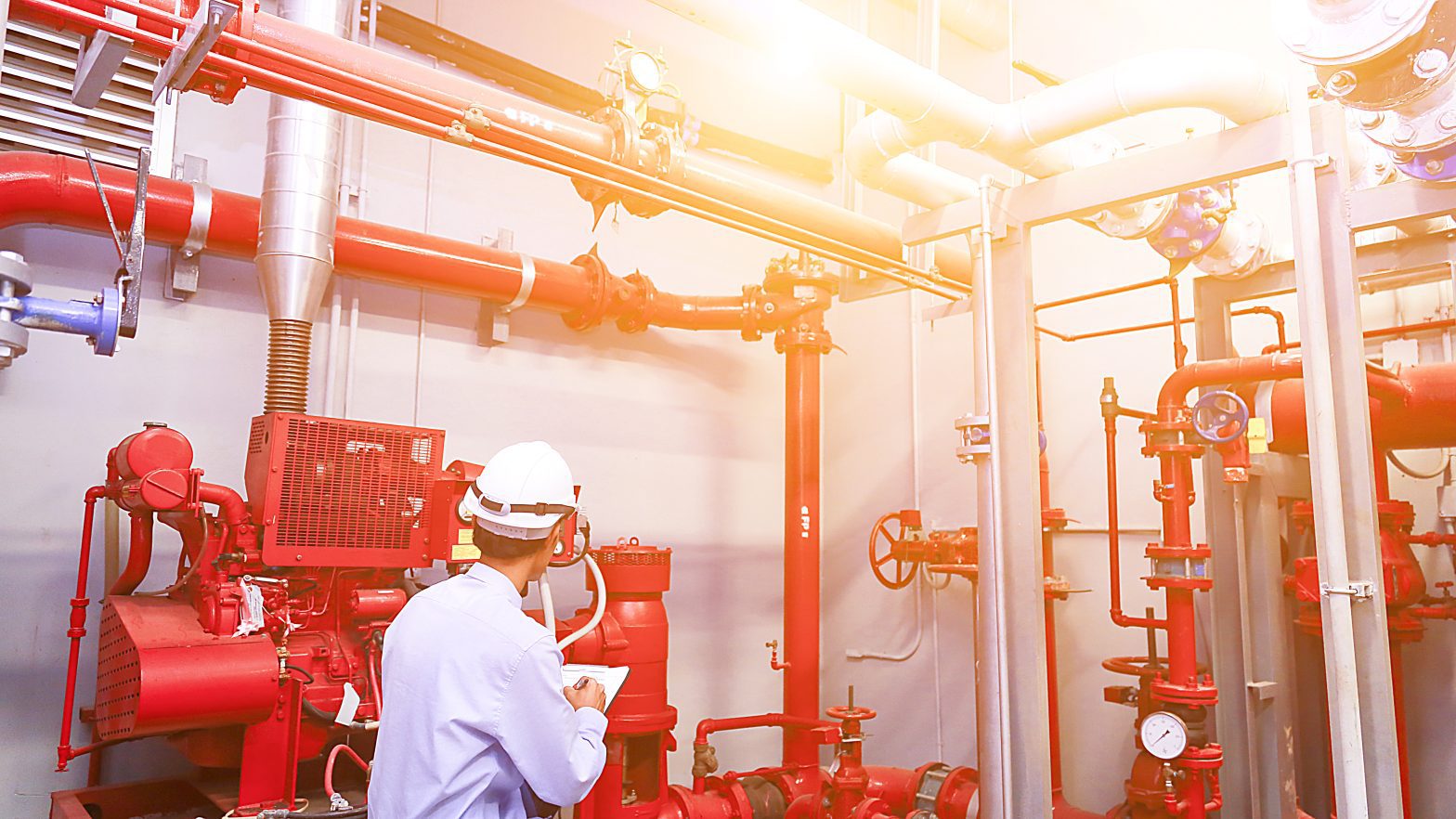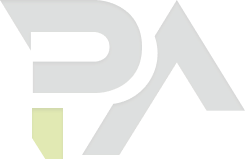The effective functioning of a building’s fire sprinkler system is crucial in case of a fire because it can contain the spread of the fire and keep the building’s occupants safe. As a result, a well-maintained fire sprinkler system is vital in any building’s overall safety plan. It is not without reason that the National Fire Protection Association (NFPA) has strict guidelines surrounding the inspection, testing, and maintenance (ITM) of water-based fire protection systems.
The NFPA 25 Standard
According to the NFPA 25 Standard, the owner/designated representative of a building is responsible for the ITM of its water-based fire protection systems, even if a third-party looks after their functioning. For example, you need to have plans for planned and unplanned impairments. In addition:
- There should be minimal water damage
- Freeze protection should be in place
- All components should be easy to access
- You should notify the governing authority of testing and shutdowns in advance
- You need to ensure quick repairs/replacements in case of any impairments or deficiencies
- You need to maintain physical or digital records of all ITM activities

According to the NFPA, you should ideally test your fire sprinklers when you change or add a water meter or a backflow preventer, if there’s a significant change in the use of the building, if you’ve remodeled the building, or if there’s been a noticeable change in the water supply.
Fire Sprinkler Inspection Requirements
While commercial buildings need to follow the fire sprinkler inspection requirements as laid out by the NFPA, local authorities having jurisdictions (AHJs) might have additional fire sprinkler code requirements. As a result, it’s best that you check with the concerned authority or ask your ITM service provider. NFPA has laid out guidelines for weekly, monthly, quarterly, and annual inspections. An inspection typically involves:
- Testing control valves
- Checking water and air pressure
- Looking for corrosion, leaks, and cracks
- Looking for possible obstructions
- Compiling an inspection report
In addition, service providers also need to follow NFPA 25 sprinkler head testing and NFPA 25 fire pump testing requirements.
Maintenance and Repair
If the fire sprinklers inspection, testing, and maintenance company you work with detects any type of a problem, they need to address the concern in a quick and efficient manner, even if it involves the replacement of crucial components. The company you select should ideally provide round-the-clock support. They should also be able to detect some types of problems in advance and provide suitable recommendations.

How Does Fire Sprinkler Monitoring Work?
If you use a centralized fire sprinkler monitoring system, you may rest easy knowing that it’s capable of relaying alarm signals as well as notifications surrounding different types of problems. These include, but do not limit to, sub-par performance, disabled systems, power failure, and valve/compressor issues.
Conclusion
Building owners need to pay due attention to fire sprinkler system inspections, testing, and maintenance, not only because of legal requirements, but also because it plays a vital role in the safety of occupants. Since this is a job best left to the professionals, it’s important for you to select a licensed and reliable service provider that can cater to your specific needs.







